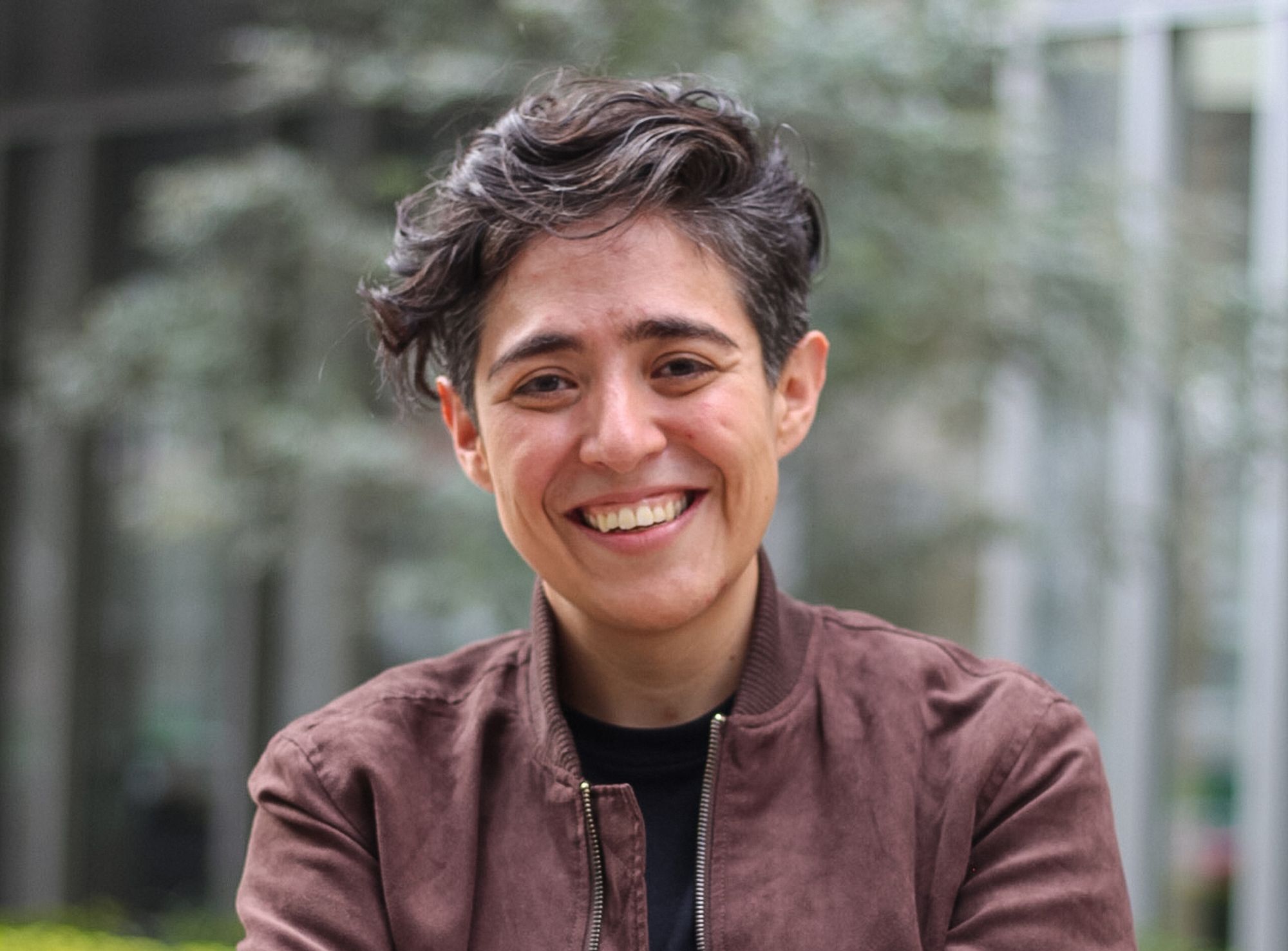designboom Announces MIT MAD’s Cohort of “Future World-Changing Designers.”

May 18, 2023
The ten Design Fellows are MIT graduate students working at the intersection of design and multiple disciplines such as Mechanical Engineering, Civil and Environmental Engineering, Urban Studies and Planning, Architecture, Media Arts & Sciences, Electrical Engineering and Computer Science, and Management.
May 2, 2024
Each year, the MIT Morningside Academy for Design (MAD) supports MIT graduate students with a fellowship allowing them to pursue design research and projects while creating community. Pulling from different corners of design, they explore solutions in fields such as sustainability, health, mobility, urban planning, social justice, or education. On May 1, 2024, MAD announced the 2024 cohort of Design Fellows at the MIT Museum.
The event “Designers for the Future,” which was part of Boston Design Week, was the occasion to put in dialogue three generations of Design Fellows — the 2022 inaugural cohort, the current 2023 cohort, and the incoming 2024 cohort — to explore how to design across time, space, and disciplines.
Congratulations to:

Sofia is working around the intersection of community development and technology, aiming to address the challenges faced by underserved communities at risk of displacement in Latin America.
Through a blend of social science and digital inclusion, she seeks to design a new approach to researching human interactions and replicating them in virtual settings, with the ultimate goal of preserving the identity of these communities and giving them visibility for resilient growth.
“I feel like we need to redesign our minds in order to enjoy what we are accomplishing.”

Clemence is tackling the rise of postpartum depression (PPD) among U.S. mothers by aiming to develop a digital solution empowering at-risk pregnant women to improve mental health outcomes. This involves a self-directed therapy chatbot in a mobile app, based on the “ROSE” protocol.
“I did the Peace Corps in Benin, where I developed health education solutions, and worked at a global health nonprofit. So I think I have insight into different cultural sensitivities.”

Mateo explores how to depart from the current construction industry, designing alternatives such as growing buildings with biomaterials, and deploying advanced 3D printing technologies for building.
“I think design is everything: from the clothes you wear in the morning to the decisions you take to go to school or to work. They're all decisions made by design, with design objects. It's everywhere.”

Charlotte creates new methods for designing soft robots, using these tools to design soft robots for gentle interactions, uncertain environments, and long mechanical lifetimes.
“My design superpower is understanding how, when, and why to bring in information and learnings from different traditional disciplines in engineering, science, and design.”

Alexander's current research utilizes robotic assembly, multimodal interaction, and generative AI to challenge conventional manufacturing and fabrication practices. He is working on an AI-driven workflow that translates design intent into tangible objects through robotic assembly.
“My research often integrates topics such as augmented reality, digital fabric education and robotics, biomaterials, computer vision, and machine learning.”

As a Design Fellow, Dení uses design research to evaluate and extend the scope of Bicheeche Diidxa’, a longstanding Participatory Action Research initiative for disaster resilience focused on five Zapotec communities along the Los Perros River in Oaxaca, Mexico.
“My design nightmare? Anything done on an aesthetic whim.”

Caitlin’s research explores the role of multisensory influences on cognition and learning, and seeks to find and build the bridges between digital and computational interfaces and hands-on, community-centered learning and teaching practices.
“A lot of my work is about the space between digital and analog, where that conversion happens. You can have something that has a digital input, but is being perceived by the body or is having an influence on the body or the brain in a way that becomes very analog.”

Maxine is currently working on developing techniques that enable the discovery and design of extremal metamaterials — 3D printed materials that exhibit extreme properties arising not from their chemical composition but rather from their structure. These can be applied to a variety of tasks, from battery design to accessibility.
“I want to spend the next year designing new structures that no one has seen before and applying them to areas that will have a high impact on people.”

Lyle develops methods to incorporate design requirements, such as safety constraints and performance objectives, into the training process of generative AI models.
“I'm looking forward to really advancing the state of AI for design. I'm most inspired when I see some interesting applications of AI research — not the next text or image generation model — but when I see something really novel, powerful and creative.”

Zane’s research aims to minimize the carbon footprint of the built environment by designing efficient structures that consider the availability of local materials.
“For my favorite design tool, I'd probably have to say pencil. It's really powerful, and there's something tangible to it, too.”

May 18, 2023

Oct 17, 2022

Jul 25, 2023


